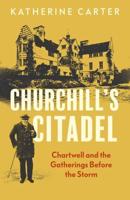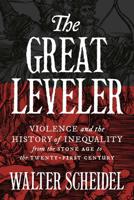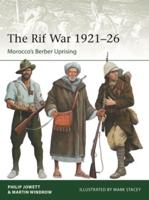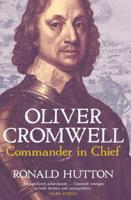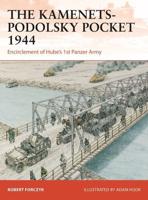Publisher's Synopsis
An excerpt from the INTRODUCTORY:
THERE can be no doubt in the minds of those who have read The Life of Charles Dickens, by his friend Forster, as to what was the prime object of the author's second visit to the United States in 1868. It was, to paraphrase Shakespeare, "to put money in his purse"; in fact, he frankly wrote Forster, who disapproved of the project, "Have no fear that anything will induce me to make the experiment if I do not see the most forcible reason for believing that what I could get by it, added to what I have got, would leave me with a sufficient future."
No fault can be found with him for this reason, as Dickens had a large family, his living expenses were heavy, and he desired to be able to leave his children provided for after his death.
Just what were the reasons which prompted his first visit in 1842 are not so well-known. There were to be no readings, and the journey was a tedious, uncomfortable and expensive one to make in those days. Some have thought that the object of the trip was to procure the subject matter for his American Notes, published after his return. This, however, was not the principal reason, but was simply the means which he took to provide the necessary funds for his expenses, and, in fact, he had made arrangements with Chapman & Hall for the publication of the book before he left England. Others have thought that the object of the trip was to inaugurate a campaign for international copyright, but Forster has said that Dickens went to America with no intention of starting the question in any way, and Dickens himself has denied that this was the object. What was then the real object? This question is best answered by a quotation from a paper in the Journal of the Illinois State Historical Society, by Dr. J. F. Snyder, entitled, "Charles Dickens in Illinois." Dr. Snyder writes -
"To see Cairo was really the main object of his journey to America. In 1837 one Darius B. Holbrook, a shrewd Boston Yankee, organized the Cairo City and Canal Company, a scheme as audaciously illusive as the John Laws Bubble in 1718; and going to Europe he plastered the walls everywhere with flaming lithographs of a grand city at the junction of the Mississippi and Ohio rivers - in fact, as mythical as the fabled Quivira of Coronado's search. In London was the banking house of John Wright & Co., the same that in 1839 confidenced the Illinois Fund Commissioners, Gov. Reynolds, Senator Young, General Rawlings and Colonel Oakley, into depositing with them $1,000,000 of Illinois Bonds, resulting in a loss to the State of half their value. Through John Wright & Company, Holbrook actually sold bonds of his Cairo Company to the amount of $2,000,000. Among his numerous victims was Mr. Dickens, who, it is asserted, invested in them a large part of his slender means."
It will be noticed that this occurred while Dickens was writing The Pickwick Papers, and Dickens may at that time have had in mind the trip to America and his American Notes, for, in chapter xliv, Tony Weller says to Sam, "Have a passage taken ready for 'Merrika . . . and then let him come back and write a book about the 'Merrikans as'll pay all his expenses and more, if he blows 'em up enough."
It may be that Dickens had forgotten the advice of Mr. Weller, and it may be only a coincidence that he took the advice and went to 'Merrika, and that he wrote, not one, but two books referring to that country, but he certainly did in these two books, in the opinion of many Americans, "blow 'em up enough..."..

